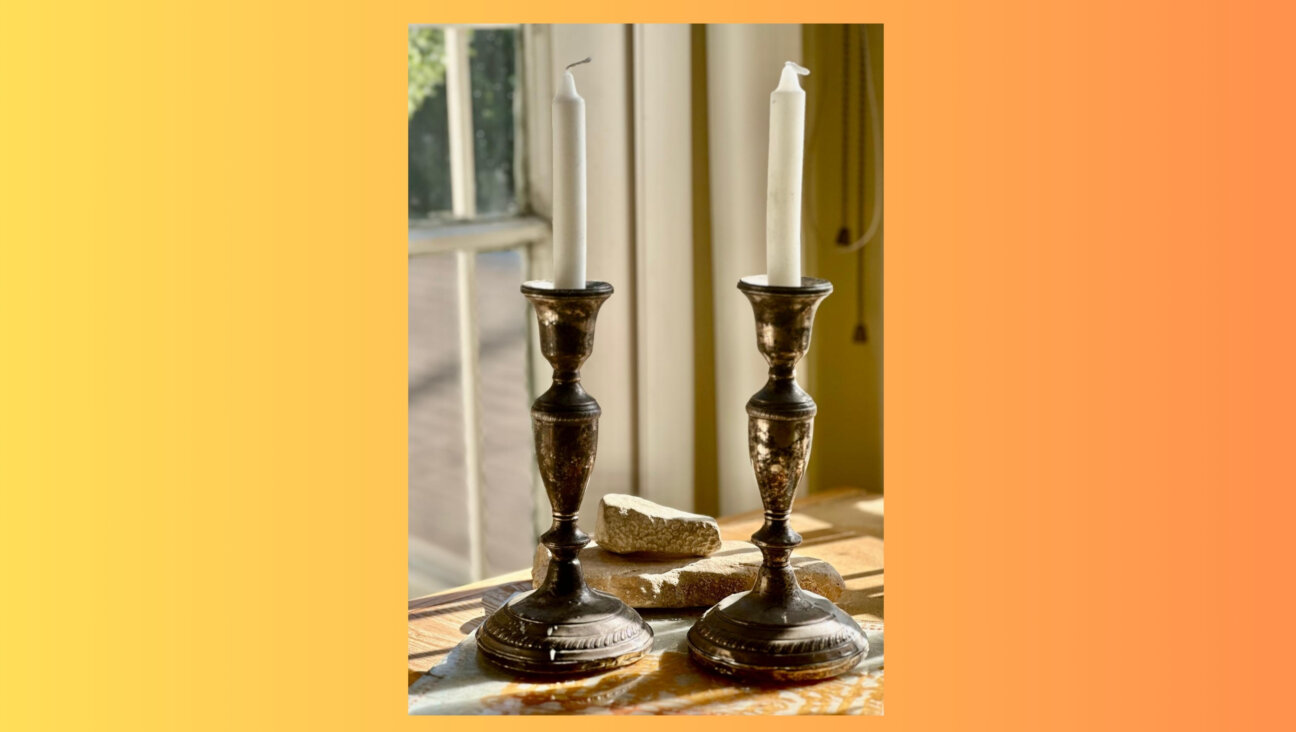Last Orthodox Shul With Mixed Seats Fighting for Its Traditions
Denver’s BMH/BJ Congregation is not among America’s oldest, largest, wealthiest or most-storied synagogues. But in one respect, the congregation stands out: It is the last Orthodox synagogue in America to offer a mixed-seating service in the main sanctuary on Saturday mornings.
The congregation’s decision to maintain its unique status has triggered some controversy in recent months.
Rabbi Daniel Cohen, 37, departed the synagogue earlier this month after three years of service, in part because he felt the congregation was too slow to adopt separate seating.
While the 700-family congregation has managed to maintain its membership in the Orthodox Union, leaders of the O.U said that separate seating is a non-negotiable aspect of Orthodoxy and that the organization is “engaged in a process of education and outreach” with the synagogue.
But leaders of the congregation said that, at least for now, they are fully committed to maintaining mixed seating, even as the synagogue remains in the O.U. and refuses to allow women to lead services or to read from the Torah.
Mixed-seating “is part of the congregation’s culture,” said the synagogue’s president, Michael Miller. “People who were born here, had their bris here, had their bar mitzvah here, had their marriage here, that’s what they’re used to.”
At one time, before the Conservative movement began to adopt egalitarian worship in the 1970s and ’80s, congregations with mixed seating and Orthodox restrictions on women’s participation were an unremarkable feature in the landscape of American Jewish life. But over the past three decades, the vast majority of those synagogues either adopted egalitarianism or dropped out of the Conservative movement and embraced the term “traditional.”
On the Orthodox side of the denominational divide, officials at the O.U., have said that they no longer would admit a congregation with mixed seating. In the late 1980s the O.U., which represents about 1,000 congregations, launched a concerted effort to encourage the dozen or so member synagogues with mixed seating to change their policies. Since then, all have either instituted separate seating or left the O.U. — with the exception of BMH/BJ.
The synagogue is the product of a 1996 merger between the BMH Congregation and the Beth Joseph Congregation, at that time Denver’s two remaining traditional congregations. BMH, the larger of the two, was founded around 1902 and was affiliated with the Conservative movement for more than 60 years, with many of its rabbis being graduates of the Conservative movement’s Jewish Theological Seminary.
BMH officially joined the O.U. in the mid-1970s, as the egalitarian push began to pick up steam in the Conservative movement. In 1988, the O.U. and the congregation reached an agreement allowing the BMH to remain a member of the organization. Also in agreement was that during the Sabbath, the congregation would hold an additional separate-seating Minyan that would meet in the synagogue’s chapel. At present, all the congregation’s weekday services feature separate seating.
The decision to maintain the status quo, at least for now, comes after a year of congregational soul-searching. The issue of mixed seating recently came to the fore, according to Cohen — who last week assumed the pulpit at Congregation Agudath Sholom in Stamford, Conn. — when a couple wanted to have separate seating at their son’s bar mitzvah in the main sanctuary in the spring of 2004. The congregation acquiesced to their demand, Cohen said, but “it created a lot of angst within” the membership, about half of which is 65 or older. Around the same time, widespread opposition arose to a proposal put forth by a “visioning committee” that the congregation should “aspire” to Modern Orthodoxy. “At the end of the day, even that statement created too much anguish for people,” Cohen said.
The O.U. is adamant that congregations are required under rabbinic law to adopt a mechitzah, or a ritual divider separating men and women.
“An Orthodox synagogue” is by definition “a synagogue that has its service with a mechitzah, with a separation for the sexes,” said the organization’s executive director of programming, Rabbi Moshe Krupka. “It’s not a luxury item.” But, he added, the dialogue between the O.U. and BMH-BJ was not an adversarial process. “In order to make religious standards meaningful to a community,” he said, “the community has to experience it, understand it and feel comfortable with it.”
Miller, the president of BMH-BJ, told the Forward that the synagogue’s commitment to maintaining a mixed-seating option on Sabbath morning is based partially on the “dynamics” of Denver’s overall Jewish community.
In the last five or six years, the fastest-growing congregations have not been the Orthodox congregations,” Miller said. The congregation needs “to chart a course that will provide growth and continuity for us,” and mixed seating “is part of the congregation’s culture.”
“But,” he added, “there’s also a portion of the congregation that wants a mechitzah,” and so the congregation is trying to “provide as many opportunities as we can.”
For now, the question is whether the congregation’s commitment to mixed seating will undermine its ability to attract another Orthodox rabbi. The search is expected to begin in earnest after observance of the High Holy Days, which will be led by an Orthodox rabbi visiting from Australia.
Cohen said that his Orthodox rabbinic colleagues are increasingly reluctant to assume the pulpits at traditional synagogues, not just because of their personal religious beliefs but also because there is a perception that such synagogues are struggling.
“For a synagogue to grow… it has to have a clear sense of purpose and mission,” Cohen said. “And traditional Judaism, it’s like, ‘Well, are you Orthodox or are you not, and the reality is, it’s kind of in between and it’s kind of hard to have clarity.”
A message from our Publisher & CEO Rachel Fishman Feddersen

I hope you appreciated this article. Before you go, I’d like to ask you to please support the Forward’s award-winning, nonprofit journalism so that we can be prepared for whatever news 2025 brings.
At a time when other newsrooms are closing or cutting back, the Forward has removed its paywall and invested additional resources to report on the ground from Israel and around the U.S. on the impact of the war, rising antisemitism and polarized discourse.
Readers like you make it all possible. Support our work by becoming a Forward Member and connect with our journalism and your community.
— Rachel Fishman Feddersen, Publisher and CEO























